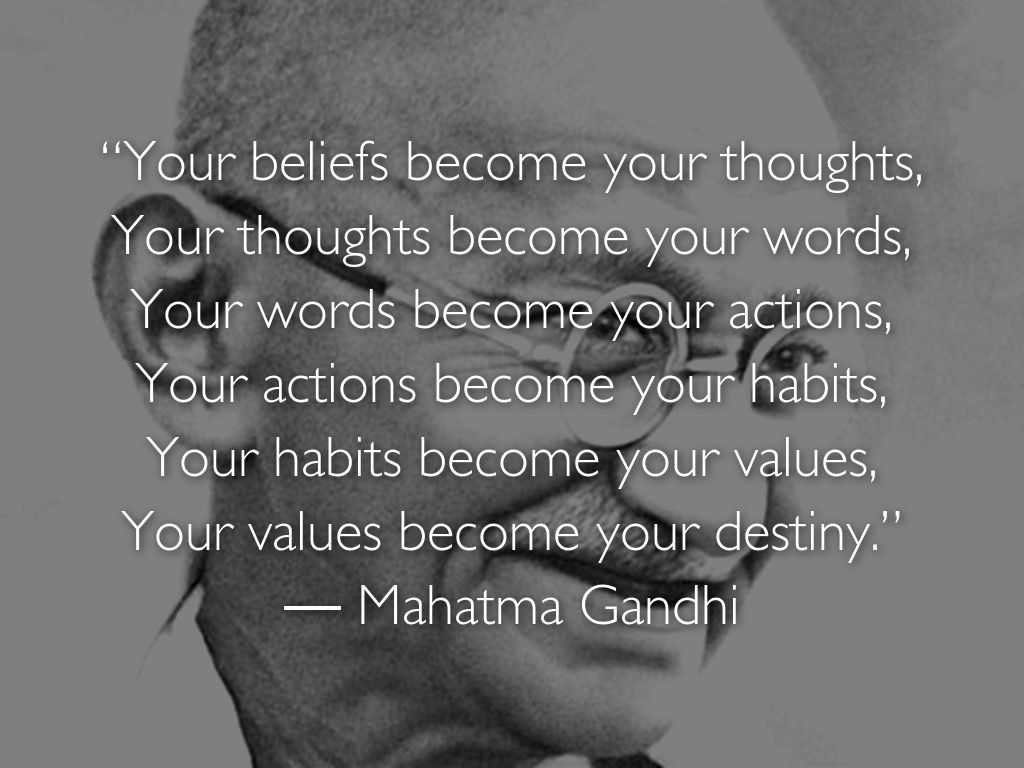“I’m not a morning person.”
“I’m bad at prioritising.”
“I’m not very organised.”
These are examples of limiting beliefs; the things we tell ourselves so often they become ingrained in who we are. They are the barriers to achieving greatness. The things that hold us back from being all that we are capable of.
Overcoming these beliefs can unleash a world of possibilities with unlimited outcomes. You simply have to be brave enough to try.
In 1954 25-year-old Roger Bannister broke through the infamous “4-minute mile” barrier when he ran the distance in 3 minutes 49.4 seconds. The prior world record of 4 minutes and 1.3 seconds had been held by Gunder Hagg since 1945 and everyone believed that running a mile in under 4 minutes was physically unachievable. Despite the medical journals around the world that supported this, Bannister accomplished the impossible. In doing so, he crushed a limiting belief held by thousands of people.
In the 18 months following his accomplishment more than 45 runners subsequently achieved sub-4-minute miles. Once they knew it was possible, there was nothing holding them back.
Step 1: Identify the reasons behind your limiting beliefs
The first step in overcoming limiting beliefs is to identify what they are and the reasons you tell yourself you can’t do/be them:
“I’m not a morning person because I’m always tired when I get up early.”
“I’m bad at prioritising because I always put off the tasks I hate doing.”
“I’m not very organised because I don’t have time to plan my day.”
As you note your limiting beliefs, take a moment to consider that these are choices you are making in your life. Using the examples above:
You chose not to be a morning person because you believe that you are always tired in the morning.
You chose not to prioritise your task list because you know there are tasks on it that you don’t like doing.
You chose not to be organised because you believe that you don’t have time to get organised.
When you understand that your limiting beliefs are thoughts that you choose to believe about yourself, you will realise that you have a choice to change them.
Step 2: Challenge your reasoning
Next, challenge the reasons why you believe you cannot do those things:
Why are you always tired when you have to get up early? What could you do to feel more rested?
Why don’t you prioritise the most important tasks? What could you do to identify the things that need your attention first?
Why don’t you make the time to plan your day? What benefits might there be to being more organised?
Step 3: Create new beliefs
Create new beliefs using the words “I am…”. This positive affirmation will train your mind to believe that you can become the type of person you want to be:
“I am a morning person.”
“I am good at prioritising my tasks.”
“I am an organised person.”
Step 4: Live your life as though you have already achieved your goals
The best way to reinforce your new beliefs is to start as you mean to go on:
Think and act like a morning person – go to bed earlier each night and when you wake up take a moment to be thankful for the extra time at the start of your day. Plan to do something with that time that adds value to your day.
Don’t finish your day until you have planned the next – at the end of each day write a list of all the tasks you need to achieve the following day. Score them in order of importance. The following day, ensure you complete the highest scoring tasks first, then reward yourself with the more enjoyable tasks later.
Make time to make time – diarise time for planning your working week/month/year. By creating a clear picture of the period ahead, you will identify what you need to do to achieve your goals and allow yourself time to get organised to do so.
Live your life as though you have already achieved your goals and you will notice that your life starts changing in line with what you believe is possible.






